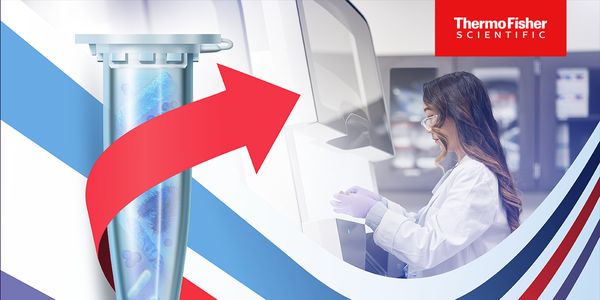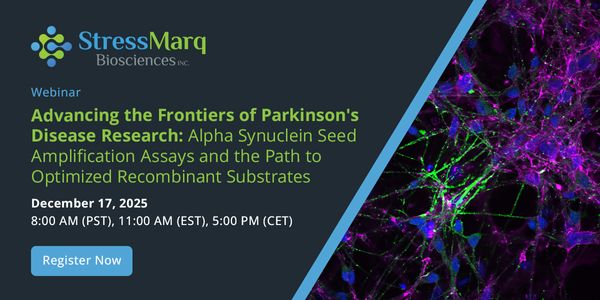Somatic Gene Recombination in the Brain
-
Jerold Chun, MD, PhD
Professor and Senior Vice President, Sanford Burnham Prebys Medical Discovery InstituteBIOGRAPHY
Speculations that some form DNA alteration might be utilized by the brain date to the 1960s [1] wherein hypotheses for genomic alterations of germline DNA were proposed for immunoglobulins and, by analogy, nervous system development. In the mid 1970s, the first evidence for what is now known as V(D)J recombination of immunoglobulins was reported [2]. However, brain recombination processes were not reported. Circumstantial evidence for possible recombination processes emerged in the 1990s with brain expression of immune recombination genes like RAG1 [3], however no genomic locus was found. However, related work identified the first evidence for pervasive genomic alterations – “Genomic Mosaicism” - in the form of aneuploidies of neural progenitor cells [4] and a growing range of genomic elements are known to be altered in single cells of the vertebrate brain: chromosomes, smaller copy number variations (CNVs), Line1 elements, and single nucleotide variations (SNVs), all reported globally as DNA content variation (DCV) (reviewed in [5]). Gene recombination, however, remained speculative. The realization that the brain is a complex genomic mosaic led to identification of APP as a gene possibly affected by SGR [6, 7], which was recently demonstrated [8]. Unlike V(D)J recombination, SGR is (thus far) most evident in post-mitotic neurons and involves reverse transcription of APP spliced RNA that produces a “genomic complementary DNA” or “gencDNA” in neurons, ranging from 0-to-multiple copies, with integration in places distinct from germline alleles. It appears to be dysregulated in Alzheimer’s disease with more copies of different variant forms including species with SNVs that are identical to mutations reported in familial AD yet occurring mosaically and somatically. The involvement of reverse transcription implicates reverse transcriptase inhibition as a possible therapeutic: literature and epidemiological assessments of patient databases for aged persons taking these medicines supports their use as near-term therapeutics for treating AD. SGR likely affects other genes and diseases.
Learning Objectives:
1. The brain is composed of cells, particularly neurons, having distinct if not unique genomic DNA sequences. This is referred to as “Genomic Mosaicism.”
2. Somatic gene recombination (SGR) occurs in human brain neurons (and likely other cells), and is dysregulated in sporadic Alzheimer’s disease. It involves reverse transcription, implicating reverse transcriptase inhibitors used now to treat HIV and hepatitis B, in the near-term treatment of AD.
Somatic Gene Recombination in the Brain
Please update your information
Certificate of Participation
DOWNLOAD CERTIFICATE






